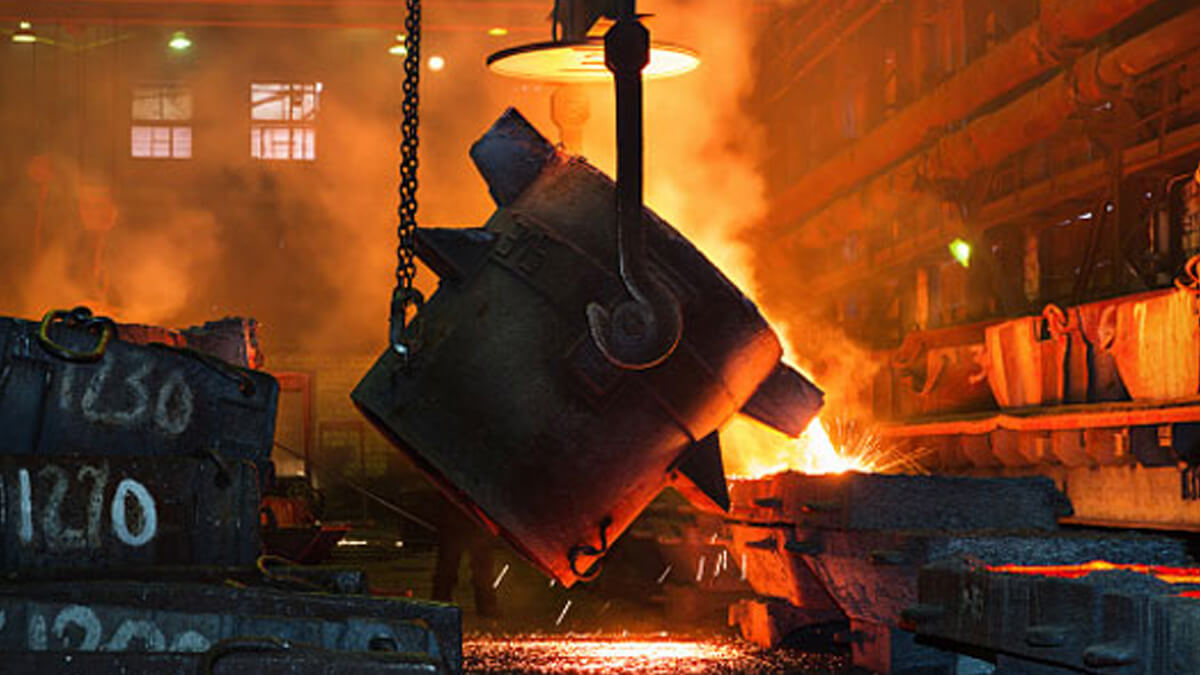As policymakers, consumers and investors intensify their focus on green energy and its benefits, the manufacturing industry continues to sustain and develop one of the oldest markets in the U.S. for recycled material: tire derived fuel, or TDF.
Recycled rubber from scrap tires, when converted into TDF is used an environmentally-sound alternative energy. In fact, TDF saves millions of tires from landfills in a safe and environmentally responsible way and produces the same or more energy as other fuels, due to its high heat value. In the production of energy, it leaves no leftover residue to be landfilled, reduces emissions from CO2, sulfur, mercury, and nitrogen, and is a proven technology regulated by many states.
Used as an alternative to fuels such as natural gas, coal, and pet coke, TDF is produced through mechanical shredding, screening, and magnetic separation of scrap tire rubber. It can be customized by size and wire content to meet the fuel specifications of the customer. The sustainability benefits are significant. Every ton of TDF removes 90 used tires from the country’s landfills. Out of the 263.4 million used tires generated in 2019, 101 million were diverted from landfills and used as TDF.
The BTU value of TDF also offers customers an economic advantage over other fuels. It offers a higher BTU value than coal, pet coke and wood products at a competitive price. It has a predictable thermal profile, near zero bottom-ash production, and no leachate from storage. Several industries have long been aware of the benefits of TDF.
Today, 21% of electric utility boilers nationwide use TDF, and about 53 million tires per year are consumed as fuel in U.S. cement kilns. The cement industry burns scrap tires as fuel in kilns used to make clinker—a primary component of Portland cement. A cement kiln is basically a large furnace in which limestone, clay, and shale are heated at extreme temperatures and a chemical reaction transforms them into clinker. Clinker is ground together with gypsum to form cement.
About 26 million tires per year are also consumed as fuel in boilers at U.S. pulp and paper mills. Pulp and paper mills have large boilers which are used to supply energy for making paper. This energy is normally supplied by wood waste, however, wood varies substantially in heat values and moisture content, so the mills often supplement the wood fuel with other fuels, such as coal or oil, to make the operation more stable. TDF is used in many plants as a supplement to wood because of its high heat value and low moisture content.
Other applications of TDF include industrial boilers and tire-to-energy facilities, more education is required to maximize the use of recycled rubber for energy production. While TDF does not fit the traditional idea of what a biofuel is, by definition biofuels can come from domestic and/or industrial wastes, and numerous government and environmental studies from around the world have substantiated the energy benefits achieved with tire-derived fuel, while confirming emission levels comparable to other fossil fuels. Countries that are considered the model for environmental responsibility, such as Sweden, endorse, support and encourage the use of TDF.
In April 2005, the U.S. EPA published a statement based on over 15 years of experience with more than 80 individual facilities, recognizing the use of tire-derived fuels as a “viable alternative to the use of fossil fuels."
Since then, TDF has played a significant role in Liberty’s sustainability mission and we will continue to offer recycled rubber as an alternative to traditional fossil fuels. In terms of cost, efficiency and sustainability, it’s a commitment to ensuring that TDF gains wider acceptance and becomes a more integral part of the growing green energy sector.


